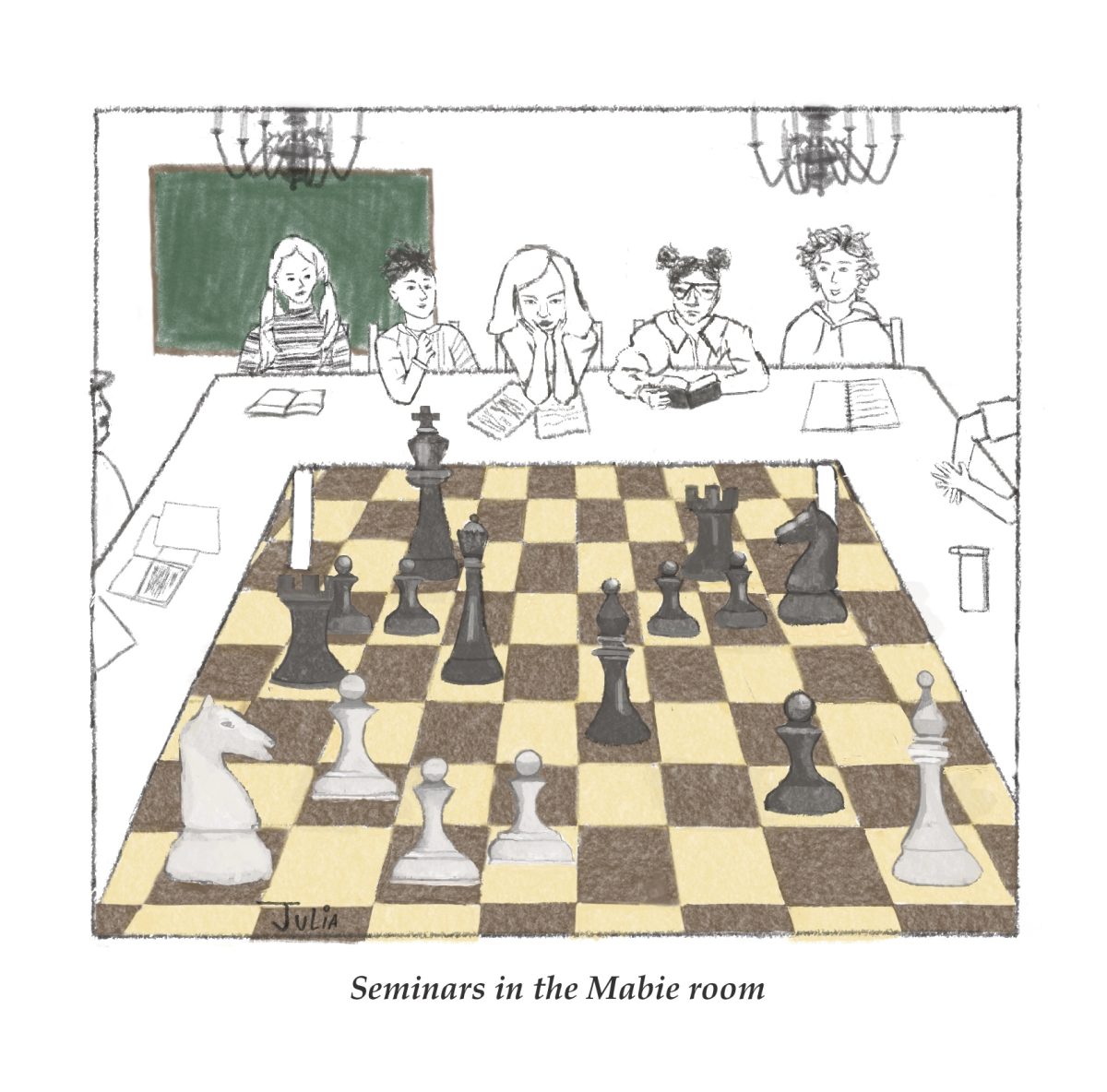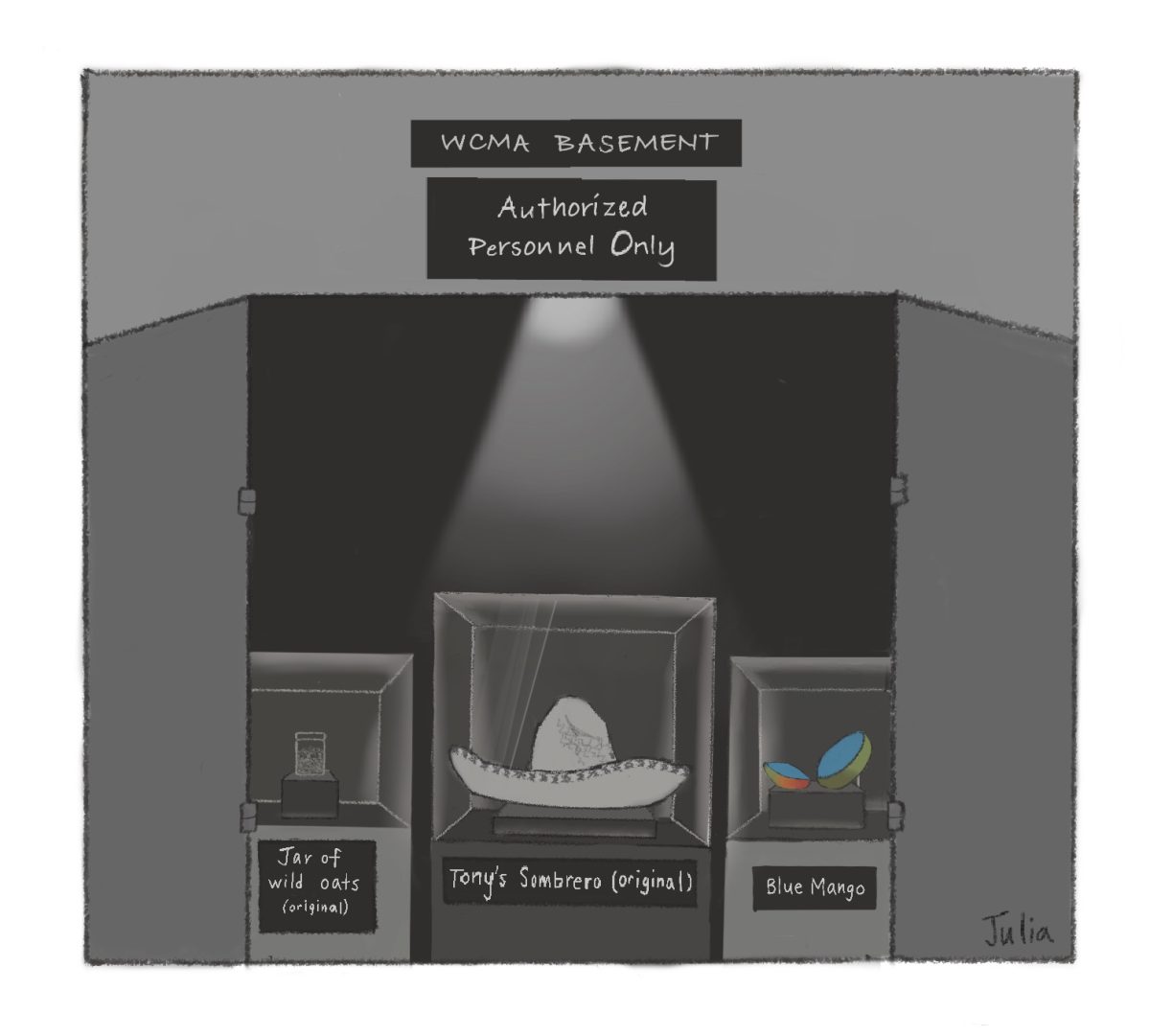Dear Editors –
You contacted me recently about the call to boycott English courses at Williams and asked me about a class of mine on creative nonfiction cited by the authors of the boycott. As you know, I answered those questions of yours at some length, but I think it might be useful for members of the Williams community at large to be able to read my response if they are interested.
The subject of that day’s discussion was James Baldwin’s essay “Stranger in the Village,” which appeared in Harper’s in 1953. It is a great essay — and a disturbing essay — and I might even recommend publishing a section of it. The more people who read it the better.
At the heart of Baldwin’s essay is an experience he has regularly while visiting a Swiss village. He is repeatedly greeted by the children of the village who cry out to him, “Neger! Neger!” It is a cry that means one thing to them and another to him. He is taken back to hearing a similar word yelled at him in America. It is this repetition — this echo — that allows Baldwin to move from a description of his experience in Switzerland, where he is in a sense in exile, to reflect on his experience in America. The terrible force of language is the subject of the essay.
Can the essay be taught without reading aloud the specific language that brings the essay into being? Can students learn from Baldwin to take risks in their writing, to risk facing up to dangerous subjects, without hearing Baldwin’s language read aloud? Yes, I think that is possible. But only in a diminished form. His essay was, I feel — and I am no Baldwin authority — designed to disturb his readers. In 1953 that was a risk he took for a reason. My reasons can’t compare in scale and importance with Baldwin’s. I am merely trying to help students become better readers and writers, which I also think means being braver readers and writers.
Is reading Baldwin’s language aloud, and discussing the violence and pain that comes with it, “using the n-word”? I would, of course, not like to think that is how my students heard my efforts to bring into the classroom the force of Baldwin’s essay. But if that is how they reported it, then I have to accept that fact of their experience. It may be that my aims as a teacher are in this case are at odds with my ability to follow through on them. I would like to believe that is possible for someone to teach “Stranger in the Village,” and to respect Baldwin’s language in all of its terrible power.
I teach all sorts of texts that contain words and actions and feelings and thoughts that are deeply offensive. This ugliness, this violence is, in my view, basic to art. To shrink from that is understandable, but is also, in my view, an evasion. In a few weeks in my Chaucer class we will be reading the Prioress’s Tale, in which the Prioress cheerfully celebrates what is, essentially, a pogrom. Next semester, I will be teaching a course that features The Jew of Malta and The Merchant of Venice. During that class we will read, as they were written, the speeches from those works that are most virulently anti-Semitic. My motives here are the same: I want students to experience the force of these texts, which can’t be separated from their language.
Regards, John Kleiner







